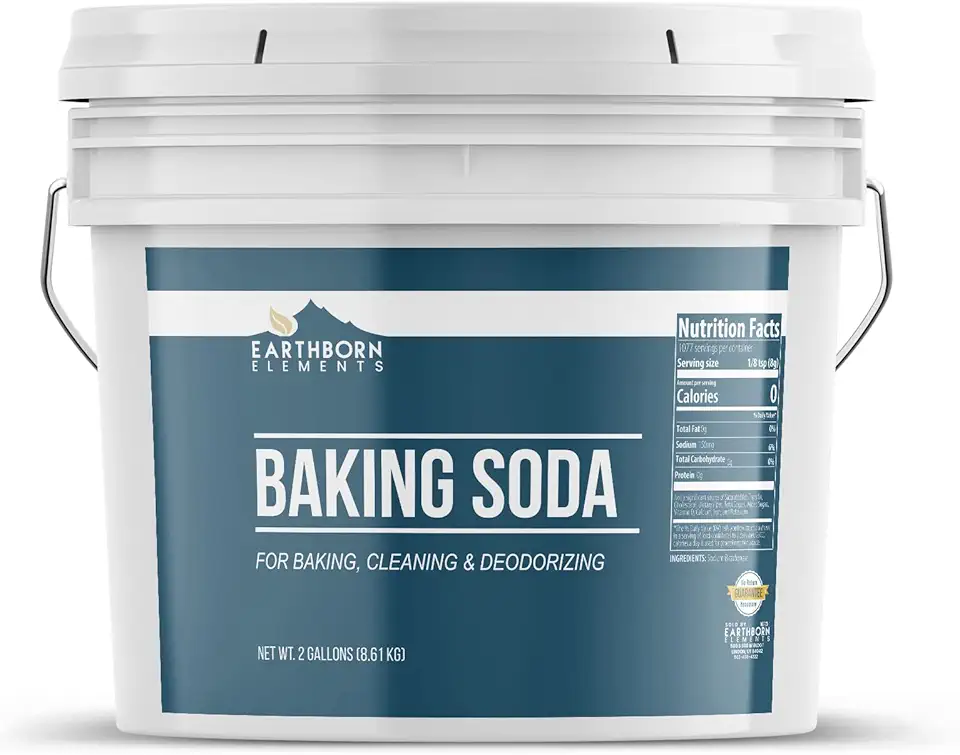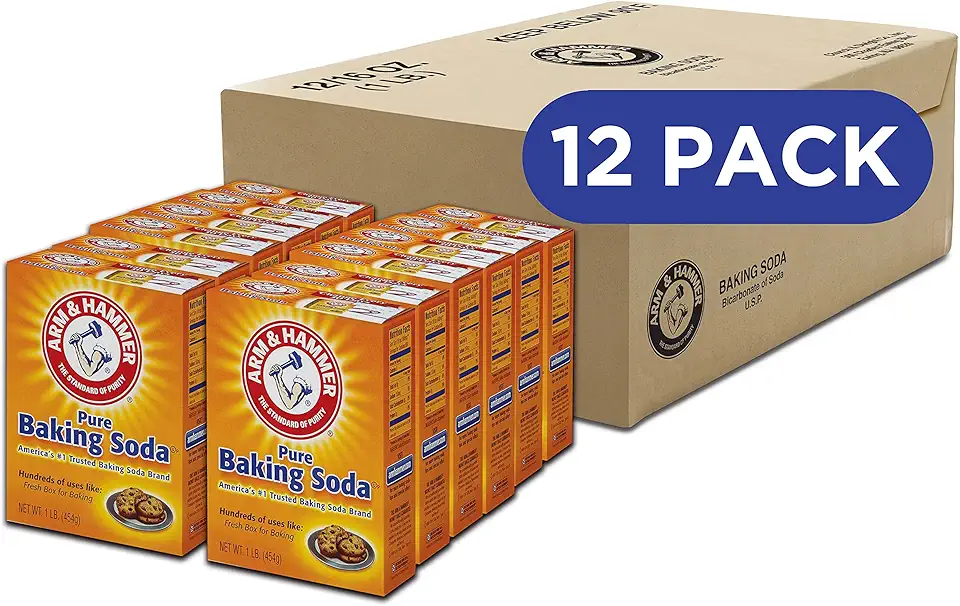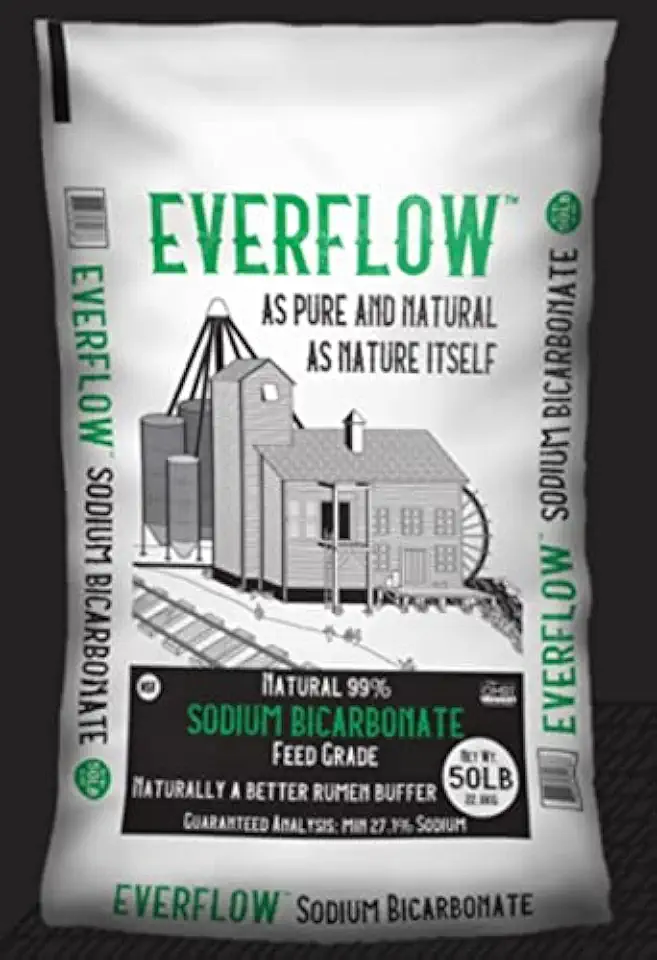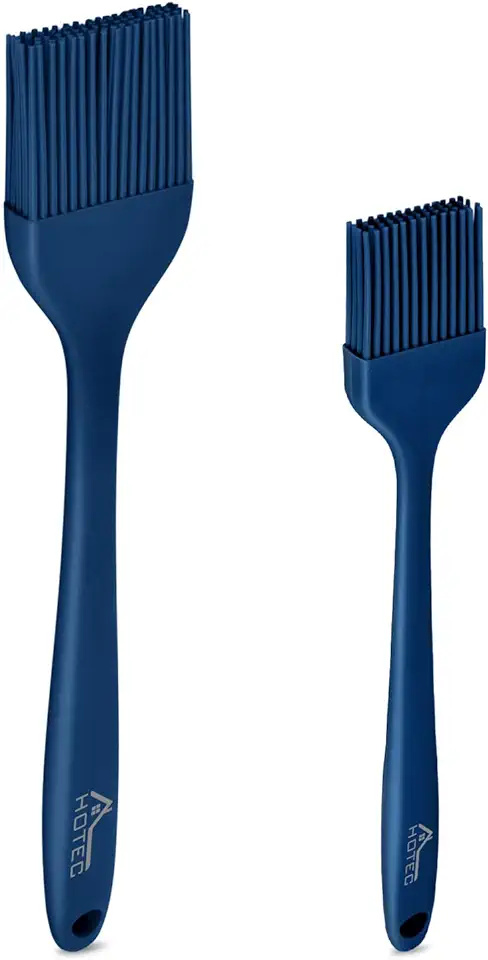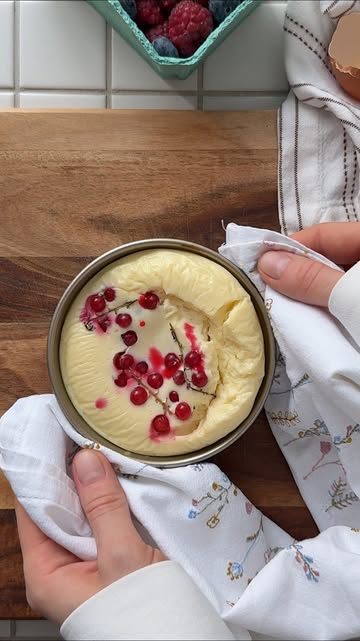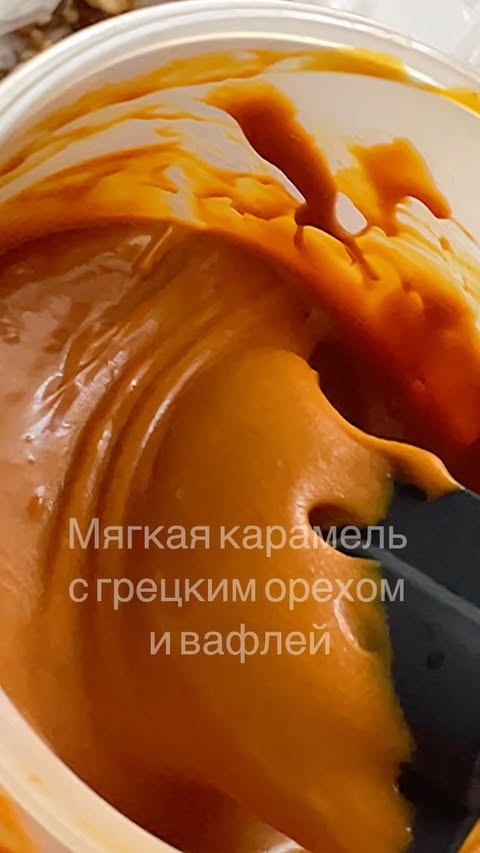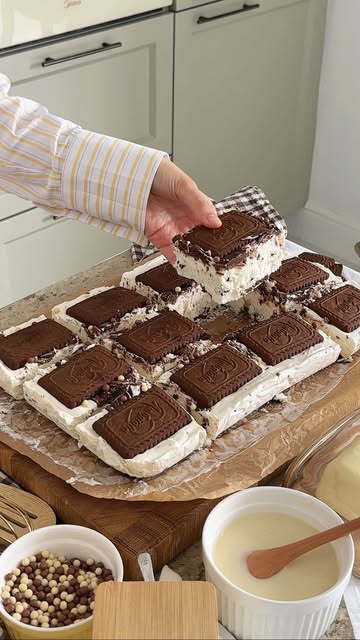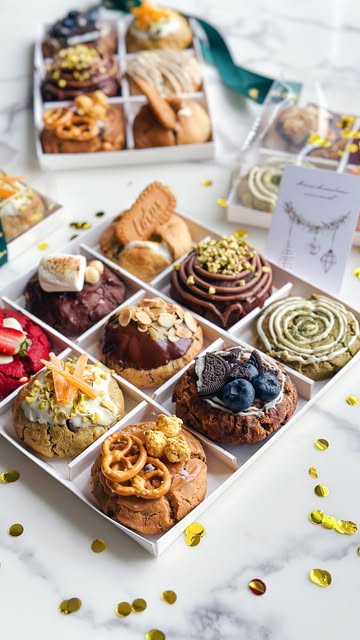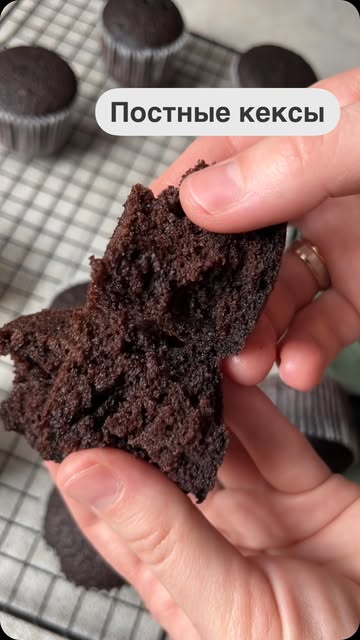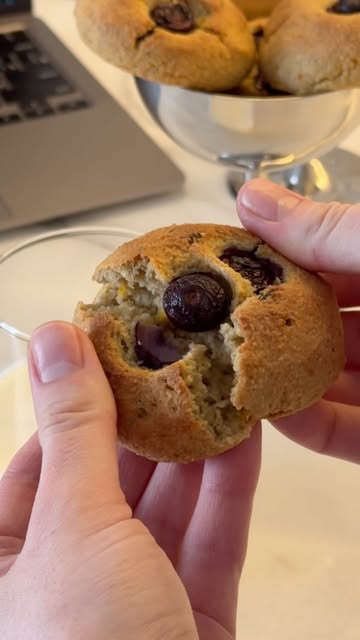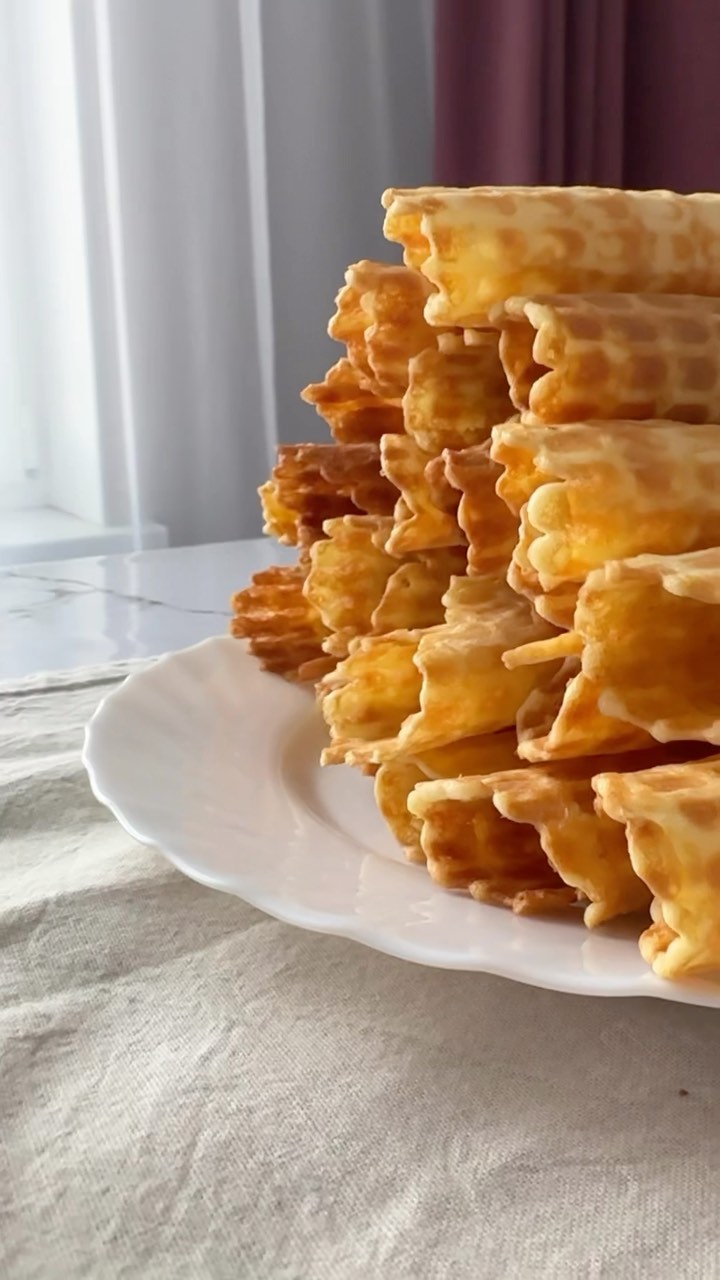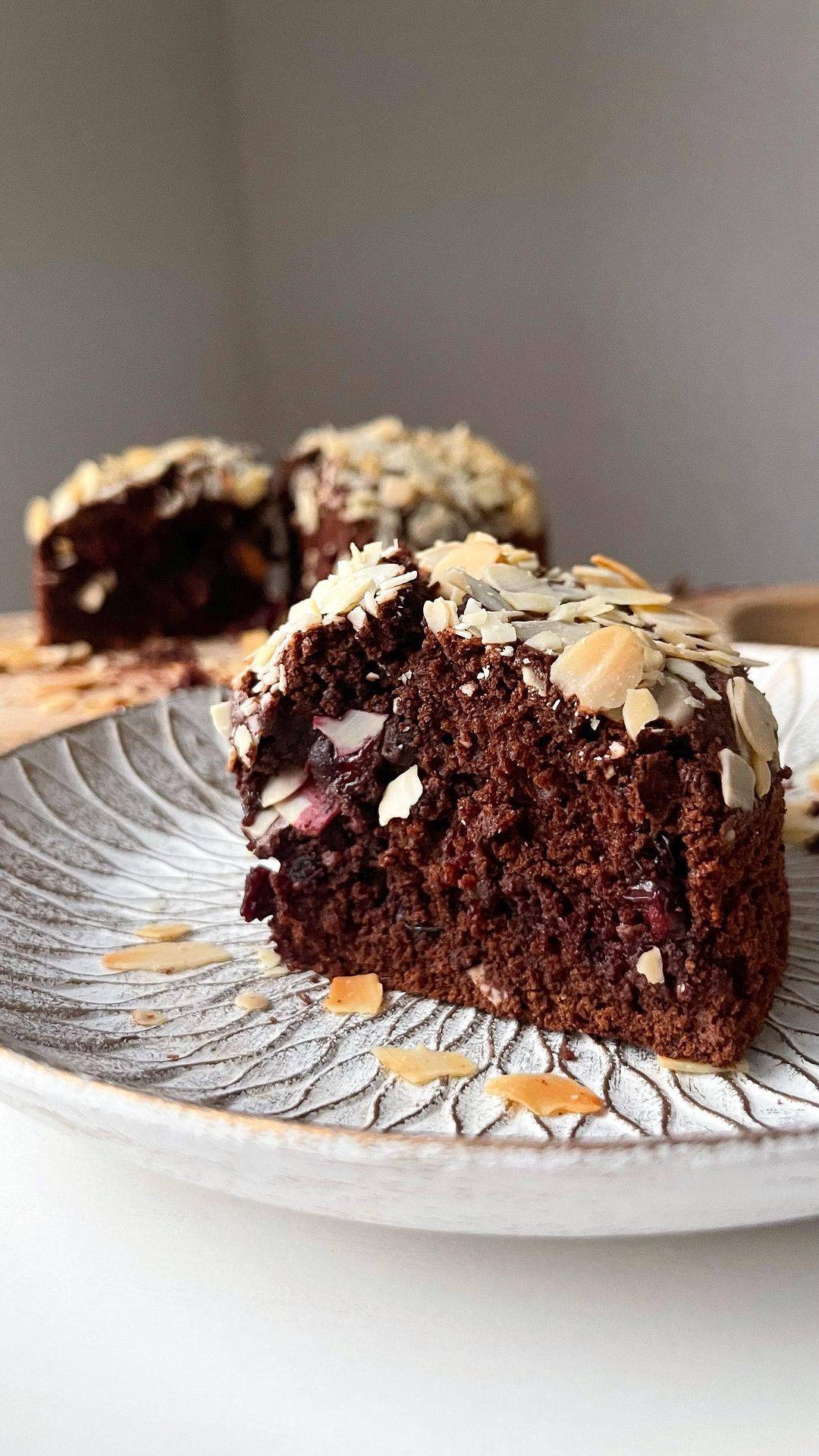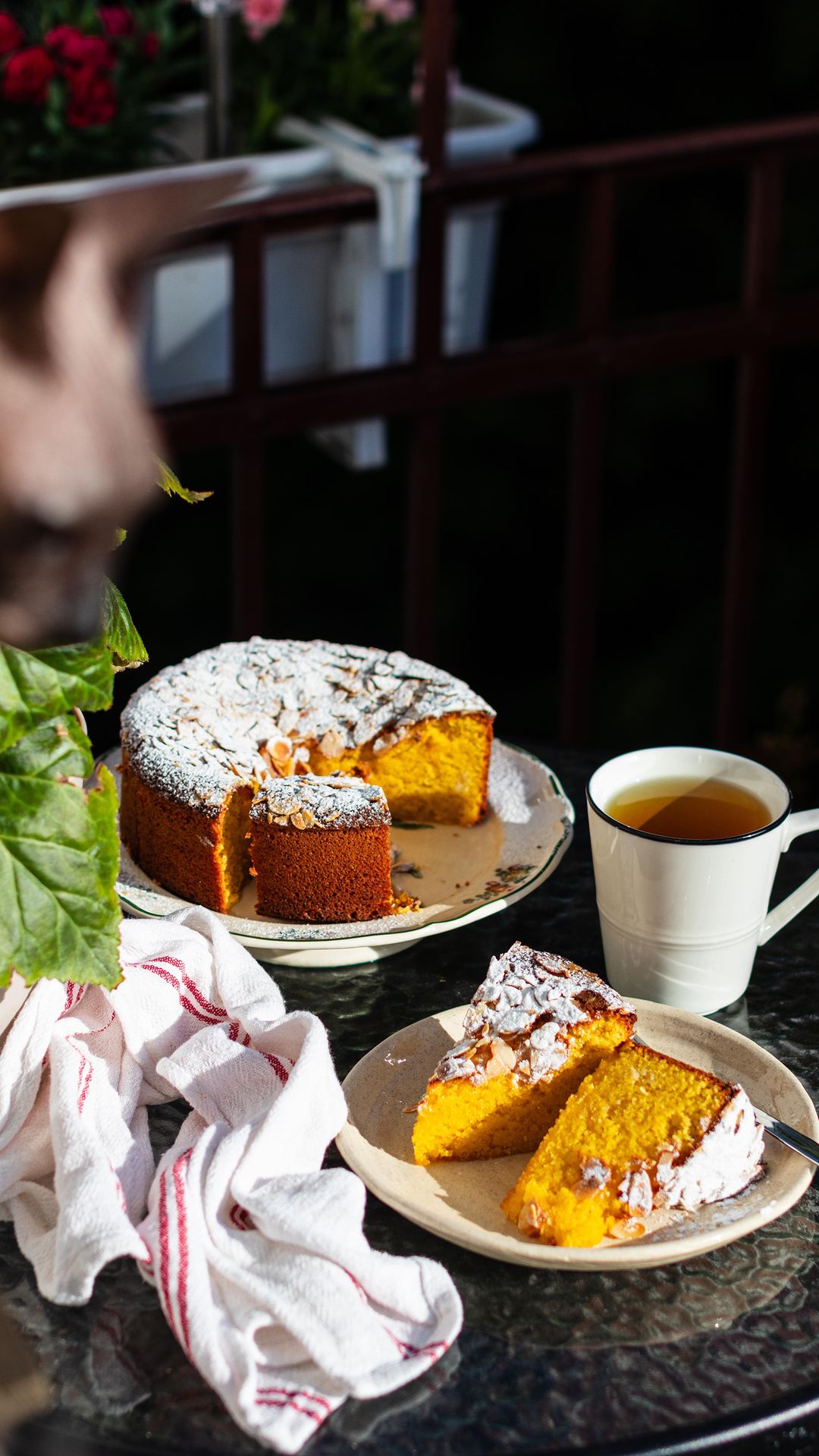Ingredients
Base Ingredients
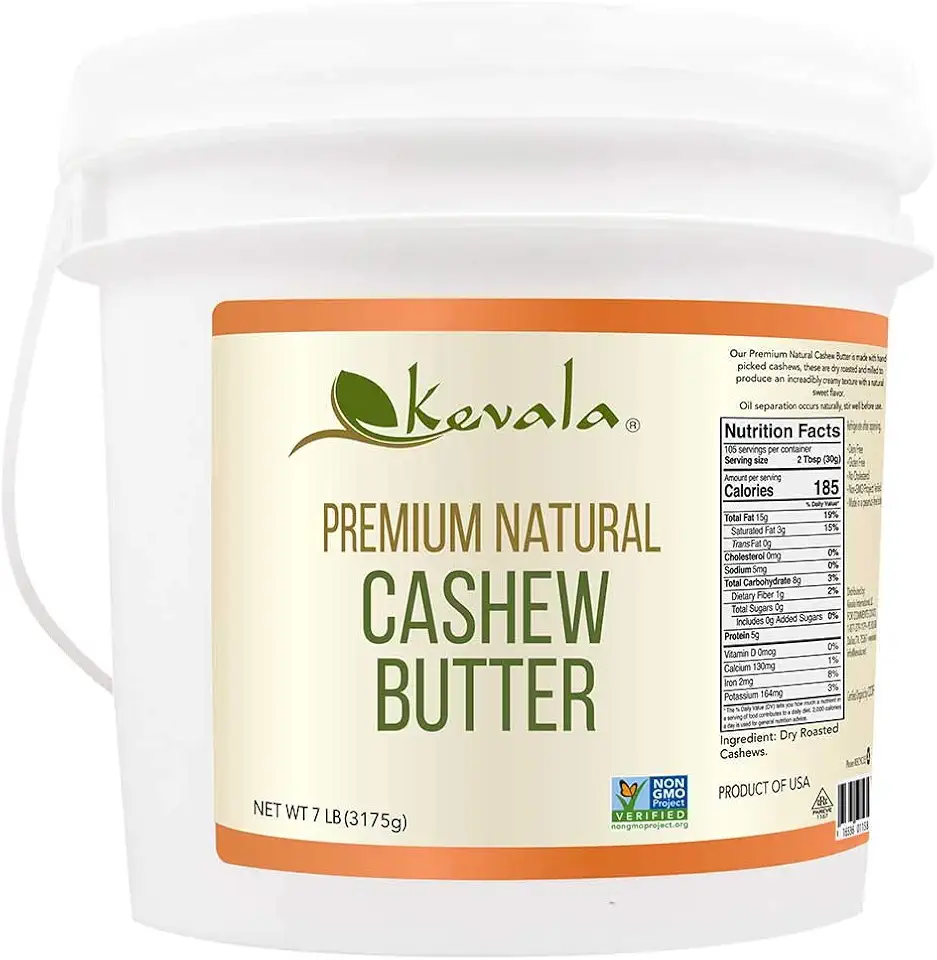 Kevala Cashew Butter 7 Lbs Pail
$83.62
View details
Prime
best seller
Kevala Cashew Butter 7 Lbs Pail
$83.62
View details
Prime
best seller
 4th & Heart Original Grass-Fed Ghee, Clarified Butter, Keto, Pasture Raised, Lactose and Casein Free, Certified Paleo (9 Ounces)
$11.49
View details
Prime
4th & Heart Original Grass-Fed Ghee, Clarified Butter, Keto, Pasture Raised, Lactose and Casein Free, Certified Paleo (9 Ounces)
$11.49
View details
Prime
 4th & Heart Himalayan Pink Salt Grass-Fed Ghee, Clarified Butter, Keto Pasture Raised, Non-GMO, Lactose and Casein Free, Certified Paleo (9 Ounces)
$9.49
View details
4th & Heart Himalayan Pink Salt Grass-Fed Ghee, Clarified Butter, Keto Pasture Raised, Non-GMO, Lactose and Casein Free, Certified Paleo (9 Ounces)
$9.49
View details
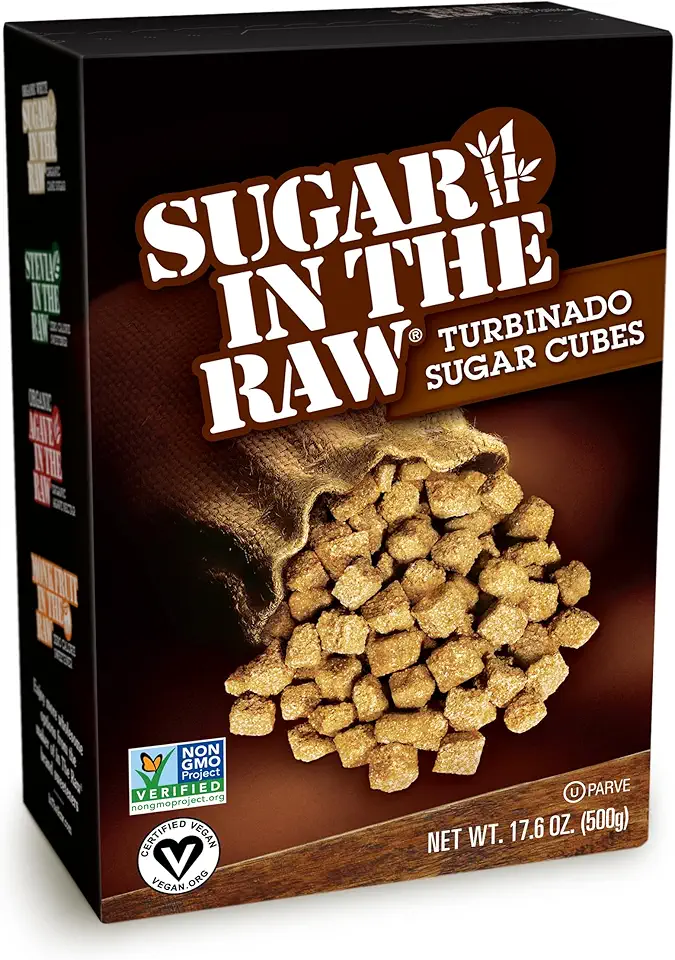 Sugar In The Raw Granulated Turbinado Cane Sugar Cubes, No Added Flavors or erythritol, Pure Natural Sweetener, Hot & Cold Drinks, Coffee, Vegan, Gluten-Free, Non-GMO,Pack of 1
$5.27
View details
Prime
Sugar In The Raw Granulated Turbinado Cane Sugar Cubes, No Added Flavors or erythritol, Pure Natural Sweetener, Hot & Cold Drinks, Coffee, Vegan, Gluten-Free, Non-GMO,Pack of 1
$5.27
View details
Prime
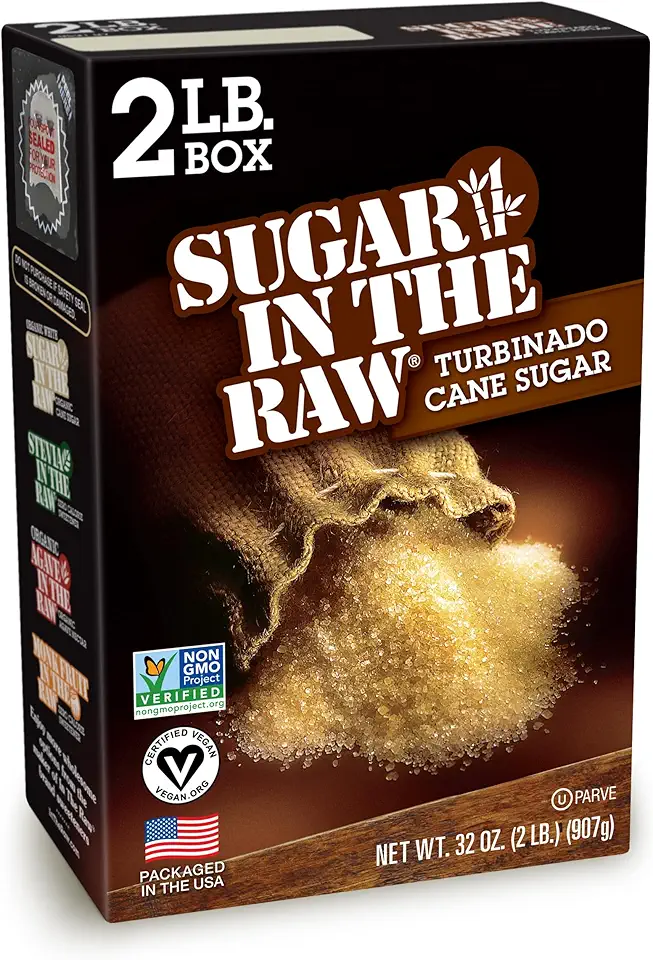 Sugar In The Raw Granulated Turbinado Cane Sugar, No Added Flavors or erythritol, Pure Natural Sweetener, Hot & Cold Drinks, Coffee, Baking, Vegan, Gluten-Free, Non-GMO, Bulk Sugar, 2lb Bag (1-Pack)
$3.74
$4.14
View details
Prime
Sugar In The Raw Granulated Turbinado Cane Sugar, No Added Flavors or erythritol, Pure Natural Sweetener, Hot & Cold Drinks, Coffee, Baking, Vegan, Gluten-Free, Non-GMO, Bulk Sugar, 2lb Bag (1-Pack)
$3.74
$4.14
View details
Prime
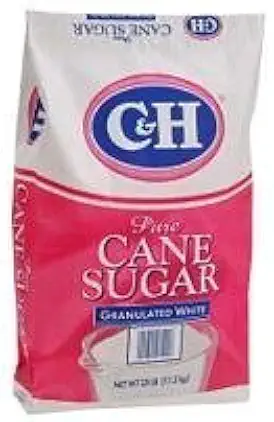 C&H Pure Cane Granulated White Sugar, 25-Pound Bags
$56.99
$49.98
View details
C&H Pure Cane Granulated White Sugar, 25-Pound Bags
$56.99
$49.98
View details
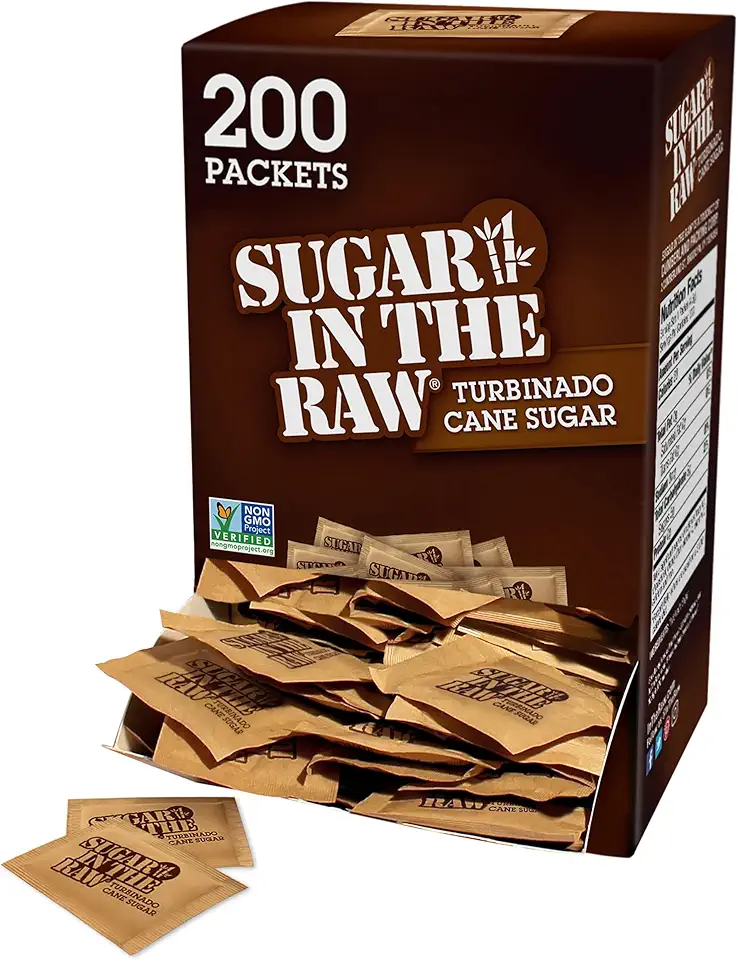 Sugar In The Raw Turbinado Cane Sugar Packets, 200 Count, Natural Sweetener for Drinks and Baking, Vegan, Gluten-Free, Non-GMO
$7.38
$23.99
View details
Prime
best seller
Sugar In The Raw Turbinado Cane Sugar Packets, 200 Count, Natural Sweetener for Drinks and Baking, Vegan, Gluten-Free, Non-GMO
$7.38
$23.99
View details
Prime
best seller
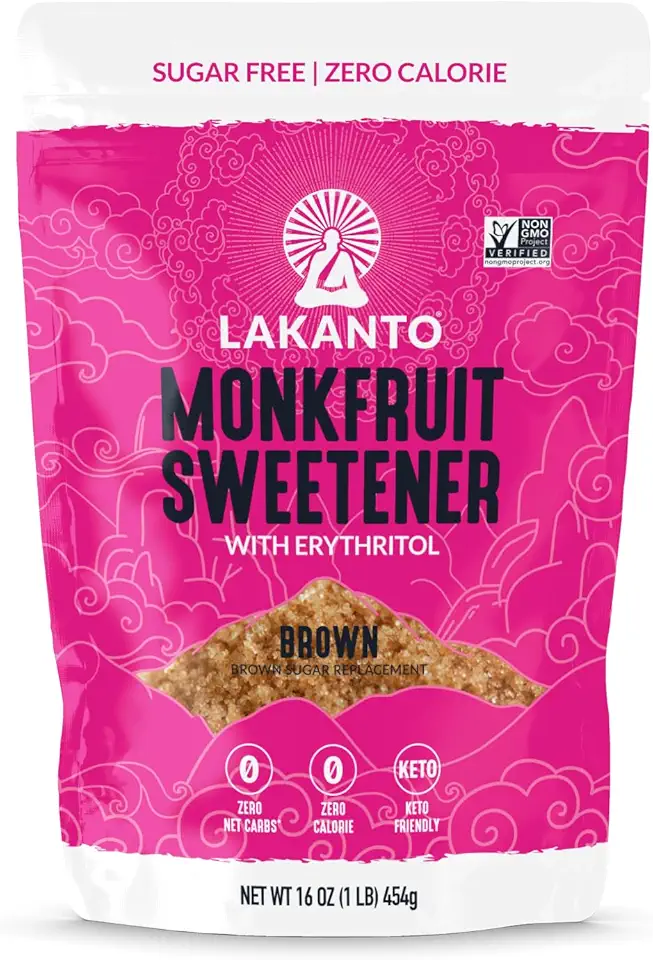 Lakanto Brown Monk Fruit Sweetener with Erythritol - Brown Sugar Substitute, Zero Calorie, Baking, Vegan, Keto Diet Friendly, Zero Net Carbs, Gluten Free, Sugar Replacement, Extract (Brown - 1 lb)
$12.83
View details
Lakanto Brown Monk Fruit Sweetener with Erythritol - Brown Sugar Substitute, Zero Calorie, Baking, Vegan, Keto Diet Friendly, Zero Net Carbs, Gluten Free, Sugar Replacement, Extract (Brown - 1 lb)
$12.83
View details
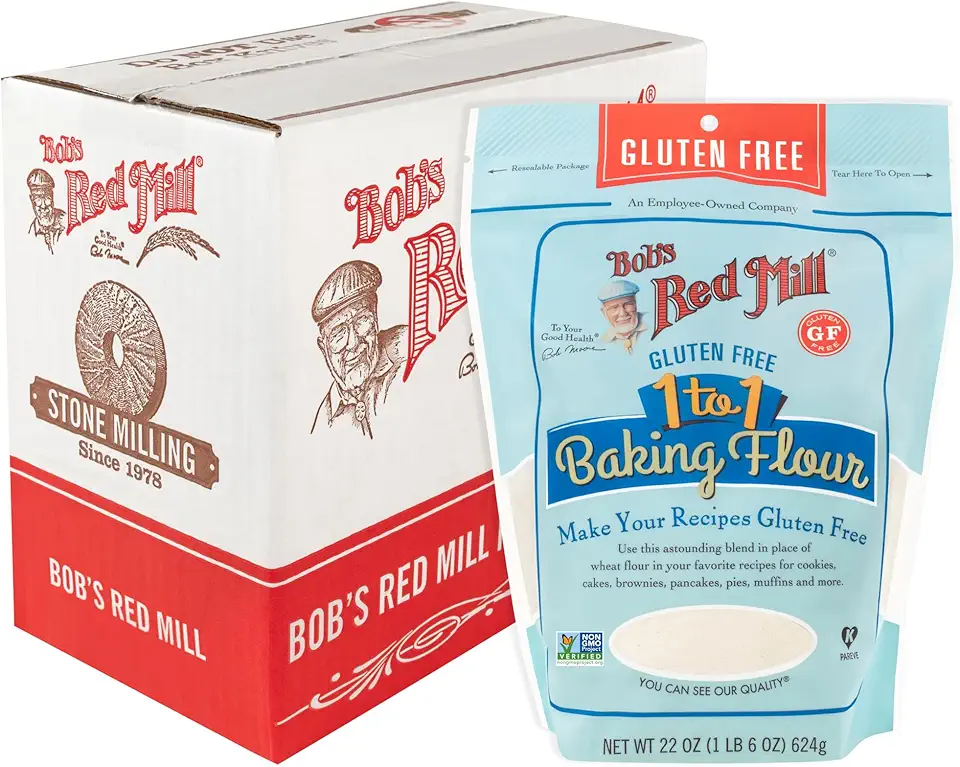 Bob's Red Mill Gluten Free 1-to-1 Baking Flour, 22 Ounce (Pack of 4)
$23.96
View details
Prime
Bob's Red Mill Gluten Free 1-to-1 Baking Flour, 22 Ounce (Pack of 4)
$23.96
View details
Prime
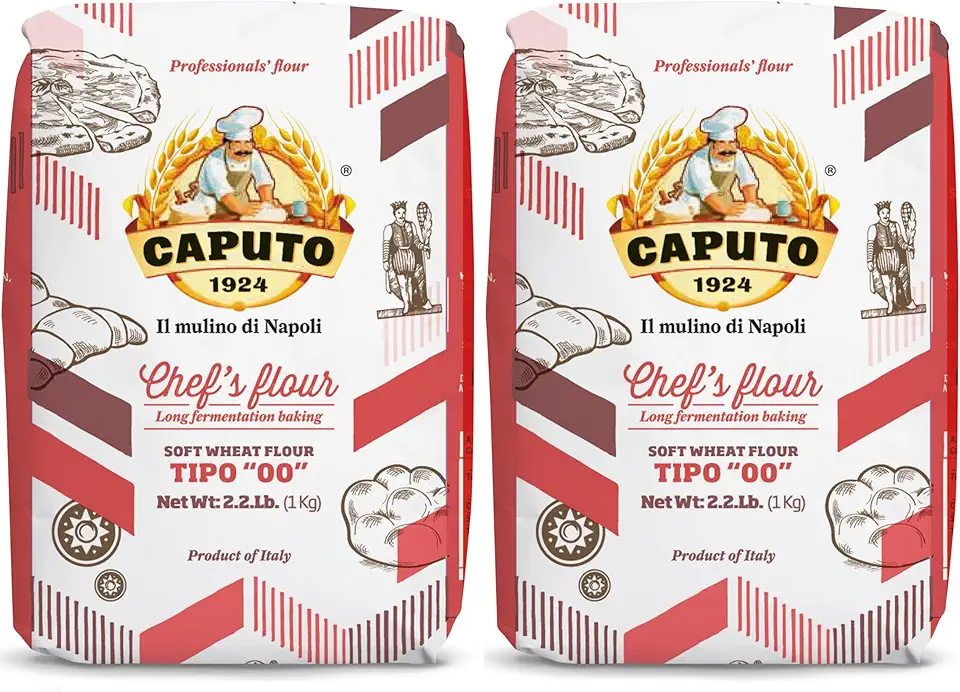 Antimo Caputo Chefs Flour - Italian Double Zero 00 - Soft Wheat for Pizza Dough, Bread, & Pasta, 2.2 Lb (Pack of 2)
$16.99
View details
Prime
best seller
Antimo Caputo Chefs Flour - Italian Double Zero 00 - Soft Wheat for Pizza Dough, Bread, & Pasta, 2.2 Lb (Pack of 2)
$16.99
View details
Prime
best seller
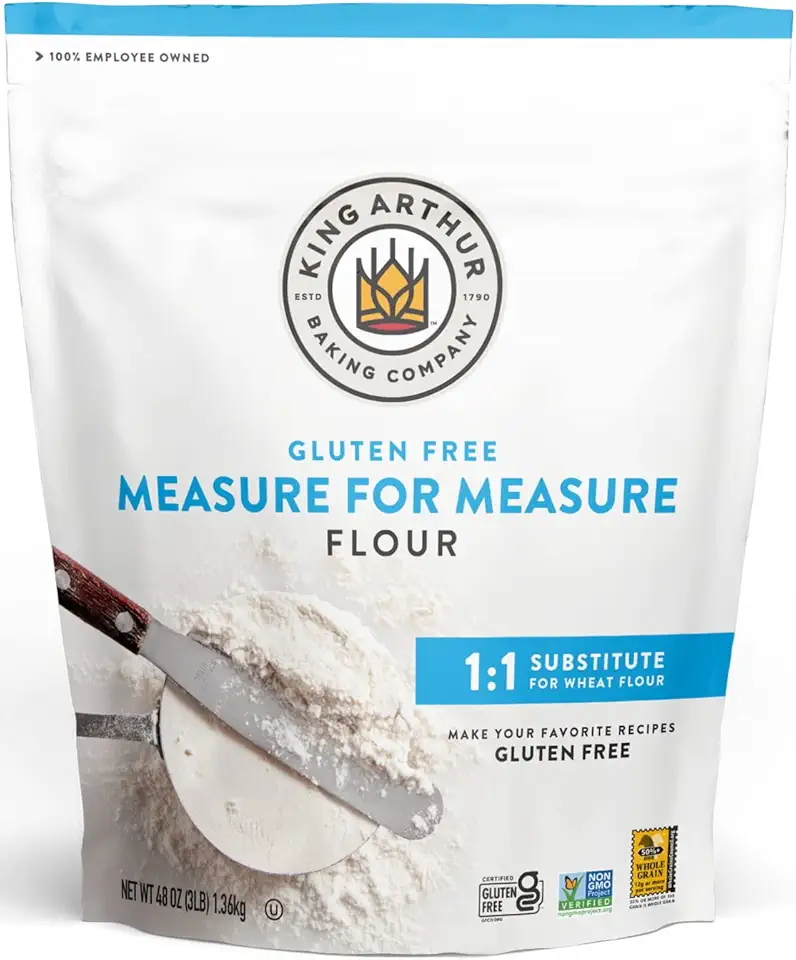 King Arthur, Measure for Measure Flour, Certified Gluten-Free, Non-GMO Project Verified, Certified Kosher, 3 Pounds, Packaging May Vary
$8.62
View details
King Arthur, Measure for Measure Flour, Certified Gluten-Free, Non-GMO Project Verified, Certified Kosher, 3 Pounds, Packaging May Vary
$8.62
View details
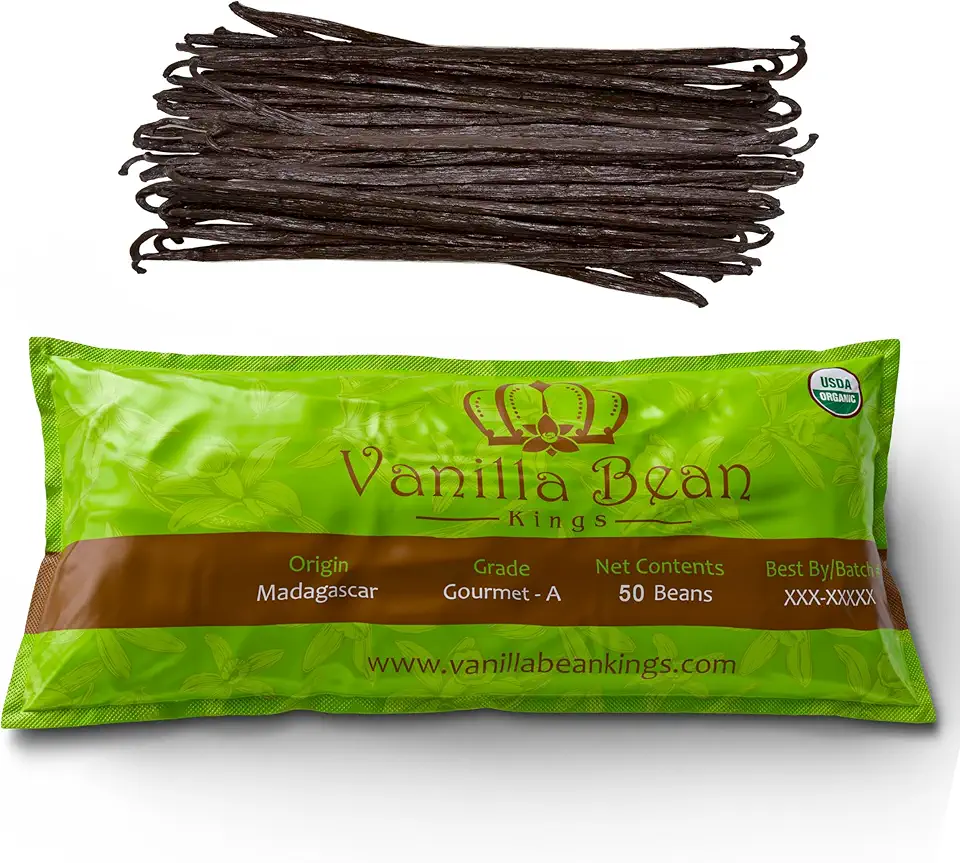 50 Organic Madagascar Vanilla Beans. Whole Grade A Vanilla Pods for Vanilla Extract and Baking
$39.99
View details
Prime
50 Organic Madagascar Vanilla Beans. Whole Grade A Vanilla Pods for Vanilla Extract and Baking
$39.99
View details
Prime
 50 Organic Grade A Madagascar Vanilla Beans. Certified USDA Organic for Extract and all things Vanilla by FITNCLEAN VANILLA. ~5" Bulk Fresh Bourbon NON-GMO Pods.
$37.99
View details
Prime
50 Organic Grade A Madagascar Vanilla Beans. Certified USDA Organic for Extract and all things Vanilla by FITNCLEAN VANILLA. ~5" Bulk Fresh Bourbon NON-GMO Pods.
$37.99
View details
Prime
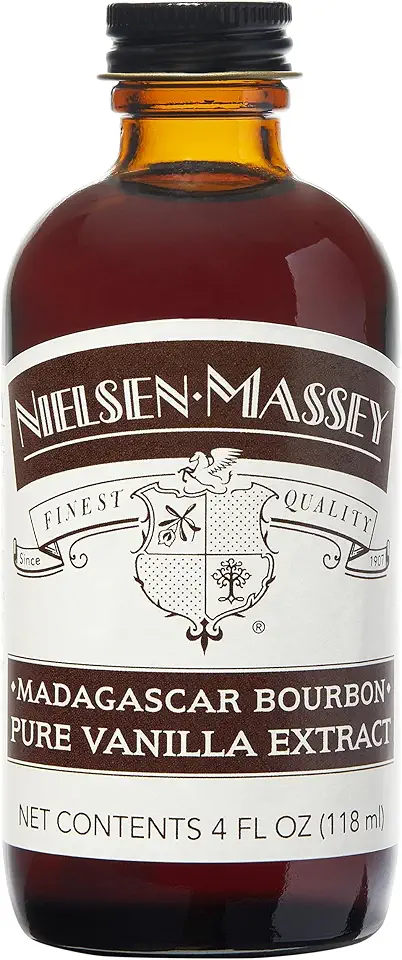 Nielsen-Massey Madagascar Bourbon Pure Vanilla Extract for Baking and Cooking, 4 Ounce Bottle
$19.95
View details
Nielsen-Massey Madagascar Bourbon Pure Vanilla Extract for Baking and Cooking, 4 Ounce Bottle
$19.95
View details
Optional Add-Ins
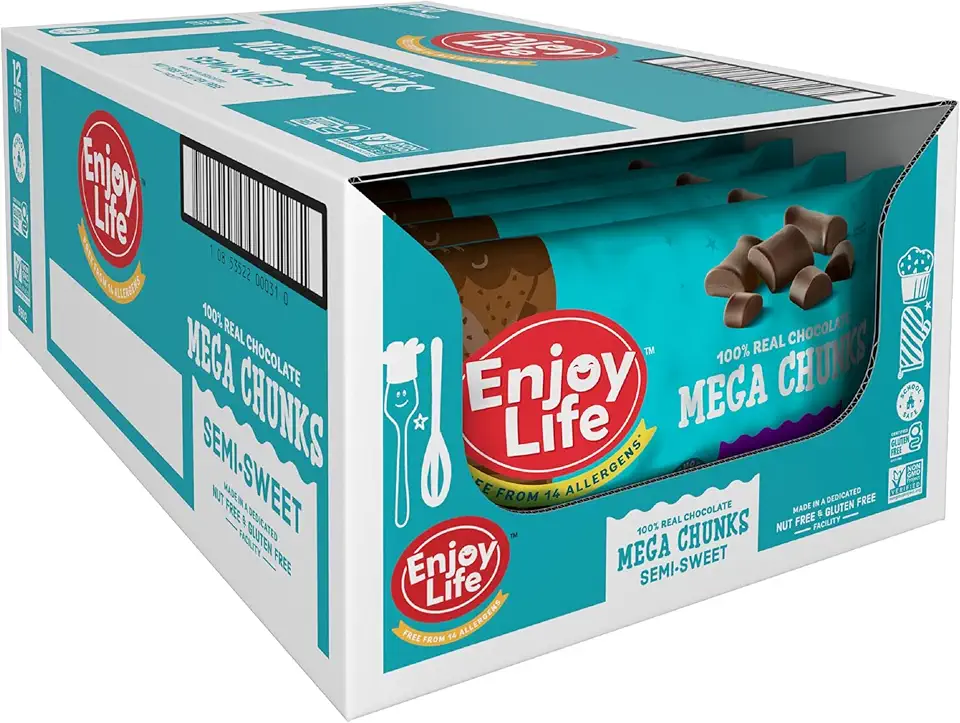 Enjoy Life Baking Chocolate Semi-Sweet Mega Chunks, Dairy Free Chocolate Chips, Soy Free, Nut Free, Non GMO, Gluten Free, Vegan Chocolate Chips, 12 Bags (10 oz) Bulk Chocolate
$79.95
View details
Prime
Enjoy Life Baking Chocolate Semi-Sweet Mega Chunks, Dairy Free Chocolate Chips, Soy Free, Nut Free, Non GMO, Gluten Free, Vegan Chocolate Chips, 12 Bags (10 oz) Bulk Chocolate
$79.95
View details
Prime
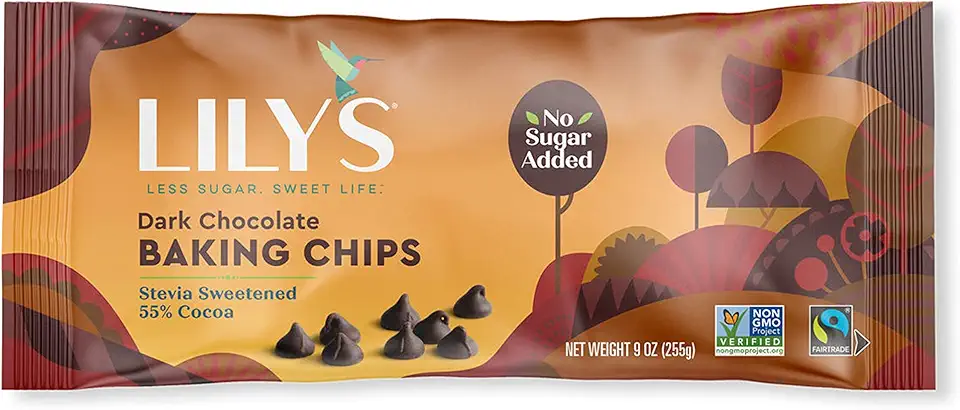 Dark Chocolate Chips by Lily's | Stevia Sweetened, No Added Sugar, Low-Carb, Keto Friendly | 55% Cocoa | Fair Trade, Gluten-Free & Non-GMO | 9 ounce, 3-Pack, Brown, 4001A3
$31.95
View details
Dark Chocolate Chips by Lily's | Stevia Sweetened, No Added Sugar, Low-Carb, Keto Friendly | 55% Cocoa | Fair Trade, Gluten-Free & Non-GMO | 9 ounce, 3-Pack, Brown, 4001A3
$31.95
View details
 365 by Whole Foods Market, Chopped Pecans, 8 Ounce
$9.69
View details
Prime
best seller
365 by Whole Foods Market, Chopped Pecans, 8 Ounce
$9.69
View details
Prime
best seller
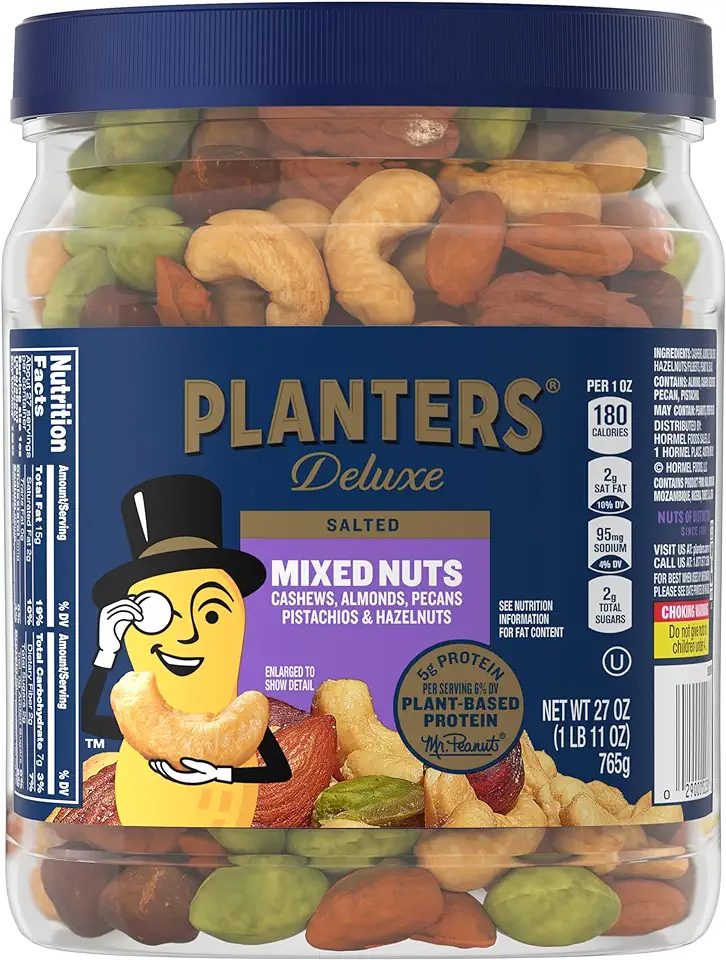 PLANTERS Deluxe Mixed Nuts, Cashews, Almonds, Pecans, Pistachios, Hazelnuts, Roasted with Sea Salt, Party Snacks, Plant-Based Protein, Quick Snack for Adults, After School Snack, 27oz Container
$15.92
$17.51
View details
PLANTERS Deluxe Mixed Nuts, Cashews, Almonds, Pecans, Pistachios, Hazelnuts, Roasted with Sea Salt, Party Snacks, Plant-Based Protein, Quick Snack for Adults, After School Snack, 27oz Container
$15.92
$17.51
View details
Instructions
Step 1
Start by preheating your oven to 180 degrees Celsius (350 degrees Fahrenheit). In a mixing bowl, combine the softened butter with granulated and brown sugars. Beat the mixture until it is light and fluffy.
Add in the egg and vanilla extract, continuing to mix until well integrated. In a separate bowl, whisk together the flour, baking soda, and salt. Gradually stir the dry ingredients into the wet mixture until just combined, taking care not to over-mix.
Step 2
If you're using chocolate chips or nuts, fold them into the dough gently. This will ensure an even distribution in your cookie batter. Make sure every bite is full of flavor!
Step 3
Using a spoon or cookie scoop, form small balls of dough and place them on a baking sheet lined with parchment paper. Leave enough space between each cookie to allow for spreading.
Bake in your preheated oven for about 10-12 minutes, or until the edges are golden brown. The centers may look slightly underbaked, but they will continue to cook on the baking sheet after removing them from the oven.
Step 4
Once baked, let the cookies cool on the baking sheet for about 5 minutes before transferring them to a wire rack to cool completely. This cooling process will help them set and maintain the perfect texture.
Your delicious homemade cookies are now ready to be enjoyed! Serve them fresh or store them in an airtight container for up to a week.
Servings
Equipment
A sturdy mixing bowl is essential for combining your ingredients. Choose one that’s large enough to hold your dough without spilling, and consider a glass or stainless-steel option for easy cleaning.
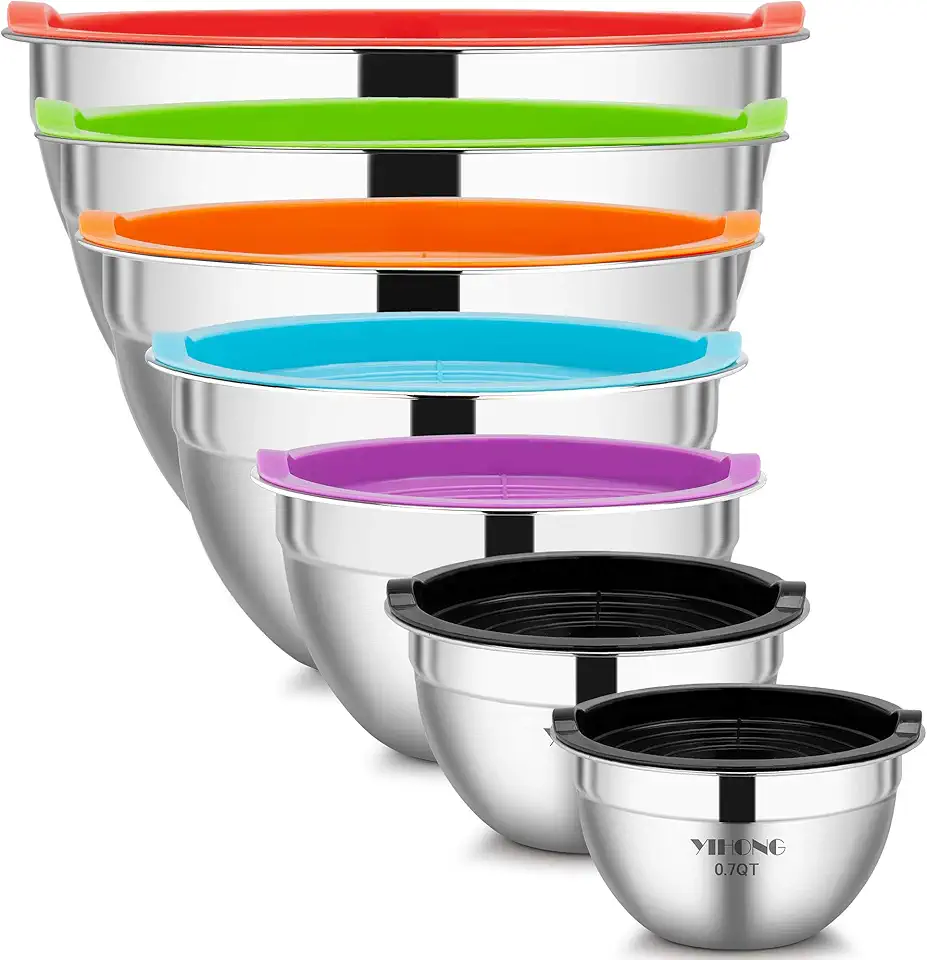 YIHONG 7 Piece Mixing Bowls with Lids for Kitchen, Stainless Steel Mixing Bowls Set Ideal for Baking, Prepping, Cooking and Serving Food, Nesting Metal Mixing Bowls for Space Saving Storage
$27.99
$35.99
View details
Prime
best seller
YIHONG 7 Piece Mixing Bowls with Lids for Kitchen, Stainless Steel Mixing Bowls Set Ideal for Baking, Prepping, Cooking and Serving Food, Nesting Metal Mixing Bowls for Space Saving Storage
$27.99
$35.99
View details
Prime
best seller
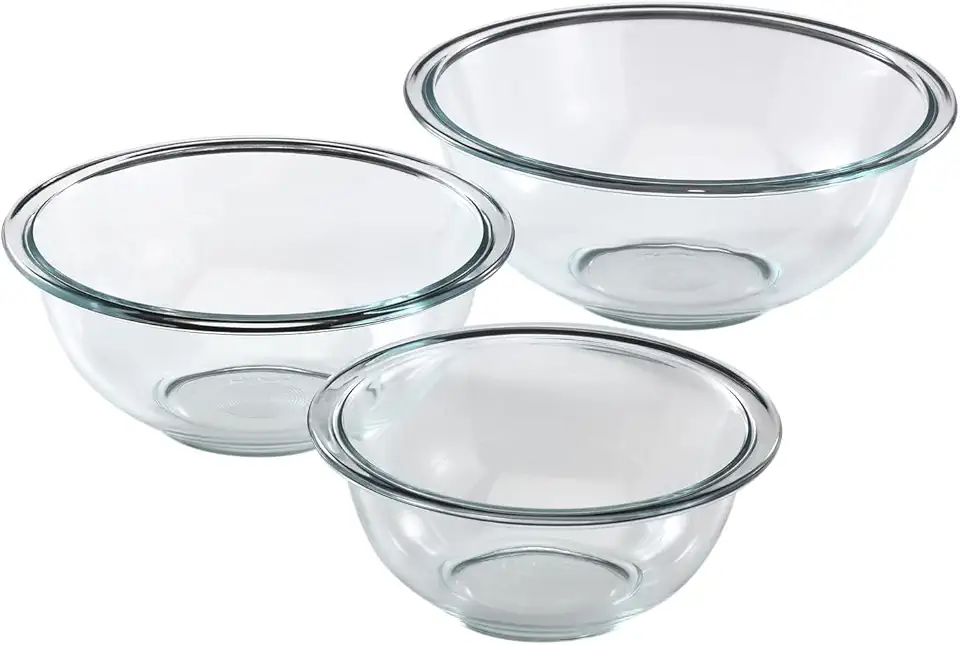 Pyrex Glass, 3-Piece, 3 PC Mixing Bowl Set
$17.53
View details
Prime
Pyrex Glass, 3-Piece, 3 PC Mixing Bowl Set
$17.53
View details
Prime
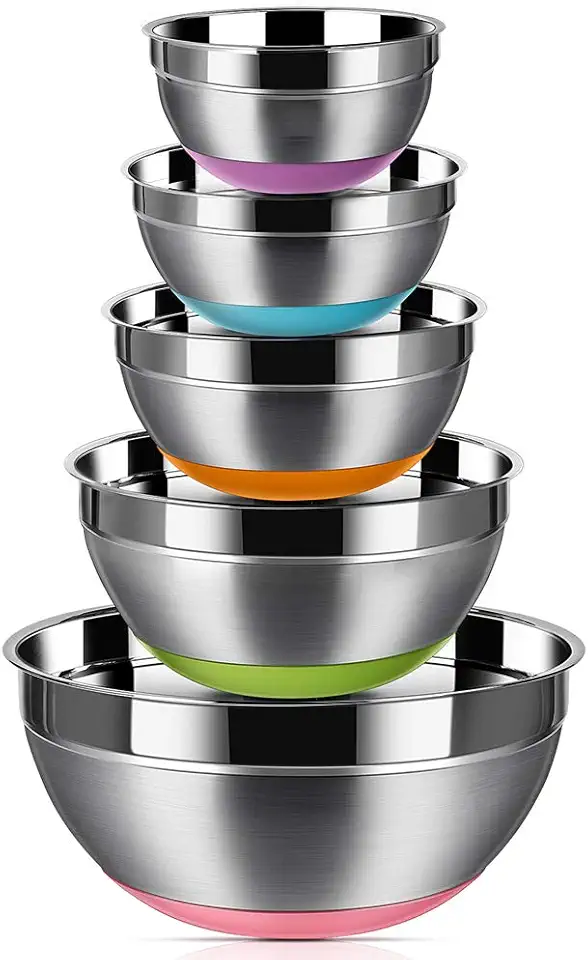 REGILLER Stainless Steel Mixing Bowls (Set of 5), Non Slip Colorful Silicone Bottom Nesting Storage Bowls, Polished Mirror Finish For Healthy Meal Mixing and Prepping 1.5-2 - 2.5-3.5 - 7QT (Colorful)
$26.99
View details
REGILLER Stainless Steel Mixing Bowls (Set of 5), Non Slip Colorful Silicone Bottom Nesting Storage Bowls, Polished Mirror Finish For Healthy Meal Mixing and Prepping 1.5-2 - 2.5-3.5 - 7QT (Colorful)
$26.99
View details
For rolling out dough evenly, a good rolling pin is a must. Opt for a wooden or silicone one for a smoother application.
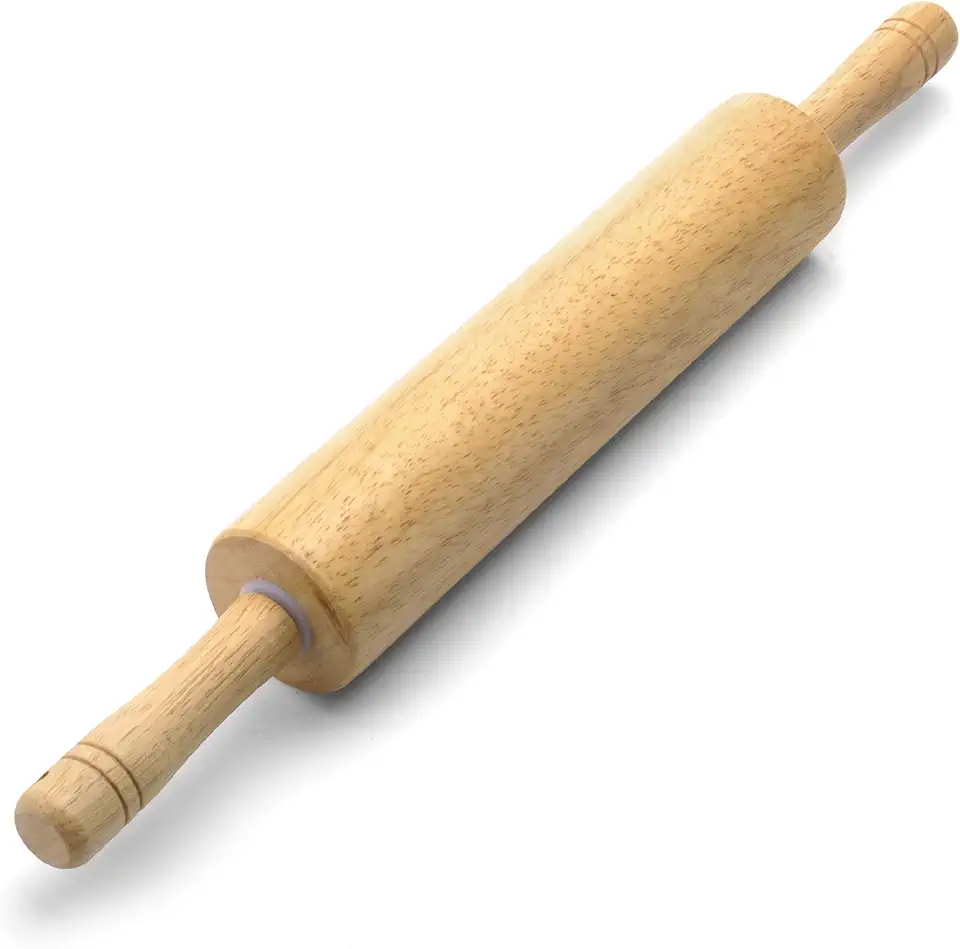 Farberware Classic Wood Rolling Pin, 17.75-Inch, Natural
$12.99
$13.99
View details
Prime
Farberware Classic Wood Rolling Pin, 17.75-Inch, Natural
$12.99
$13.99
View details
Prime
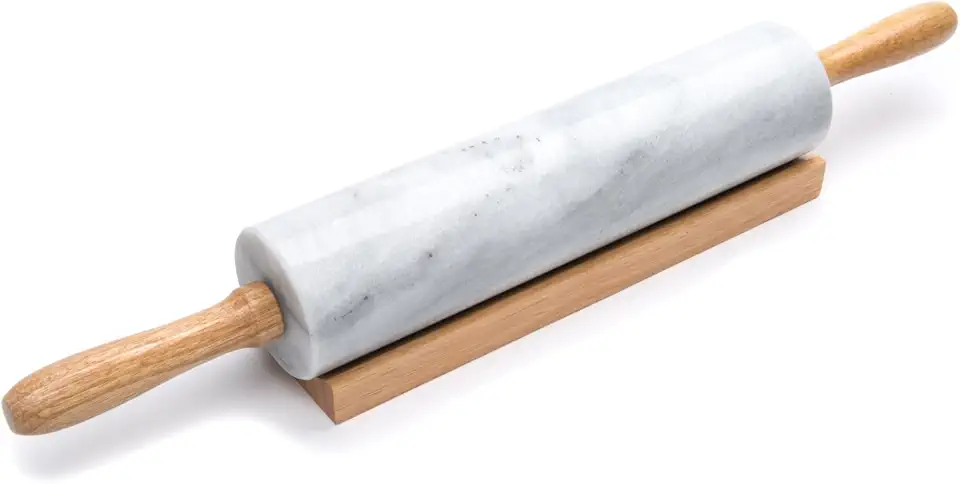 Fox Run Polished Marble Rolling Pin with Wooden Cradle, 10-Inch Barrel, White
$20.88
View details
Prime
Fox Run Polished Marble Rolling Pin with Wooden Cradle, 10-Inch Barrel, White
$20.88
View details
Prime
 French Rolling Pin (17 Inches) –WoodenRoll Pin for Fondant, Pie Crust, Cookie, Pastry, Dough –Tapered Design & Smooth Construction - Essential Kitchen Utensil
$9.99
View details
French Rolling Pin (17 Inches) –WoodenRoll Pin for Fondant, Pie Crust, Cookie, Pastry, Dough –Tapered Design & Smooth Construction - Essential Kitchen Utensil
$9.99
View details
Using a pastry brush can help you achieve that golden, brushed finish on your pastries. Silicone brushes are particularly easy to clean.
A flat, sturdy baking sheet is necessary for even baking. Consider lining it with parchment paper for easy removal.
 Paterson Paper 16" x 24" Full Size Unbleached Chromium-Free Reusable Baking Parchment Paper Sheets Commercial Bun/Sheet Pan Liners - 1000/Case - 425F - Non-Stick/Grease-Resistant
$169.58
View details
Prime
best seller
Paterson Paper 16" x 24" Full Size Unbleached Chromium-Free Reusable Baking Parchment Paper Sheets Commercial Bun/Sheet Pan Liners - 1000/Case - 425F - Non-Stick/Grease-Resistant
$169.58
View details
Prime
best seller
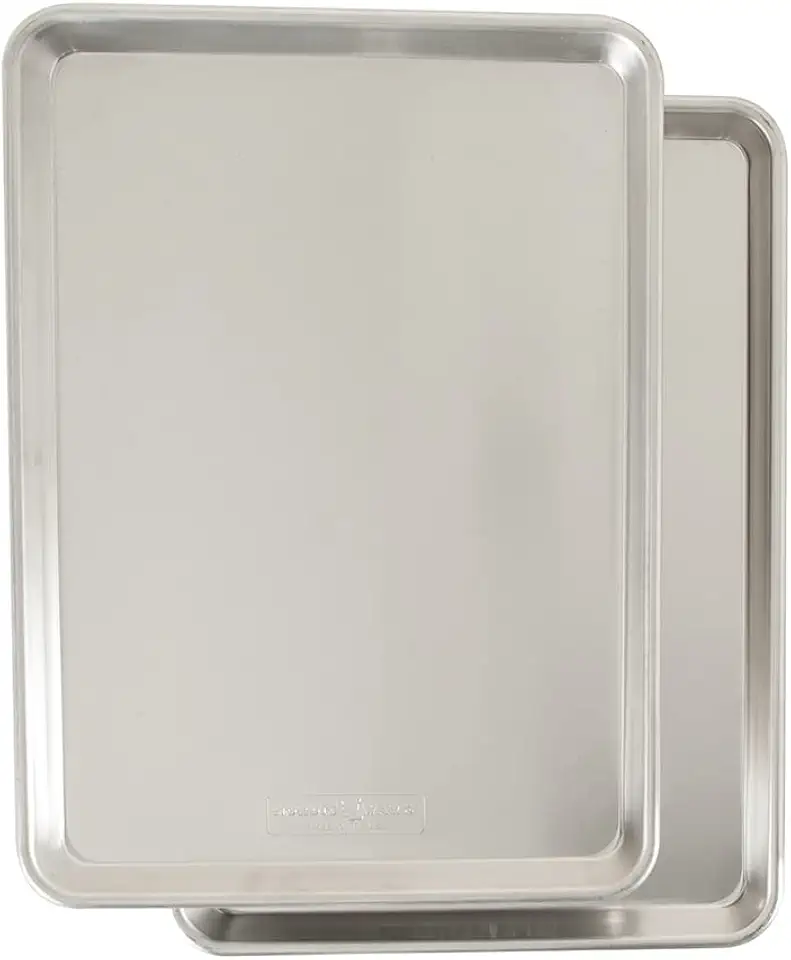 Nordic Ware Naturals Half Sheet, 2-Pack, Natural
$37.80
View details
Prime
Nordic Ware Naturals Half Sheet, 2-Pack, Natural
$37.80
View details
Prime
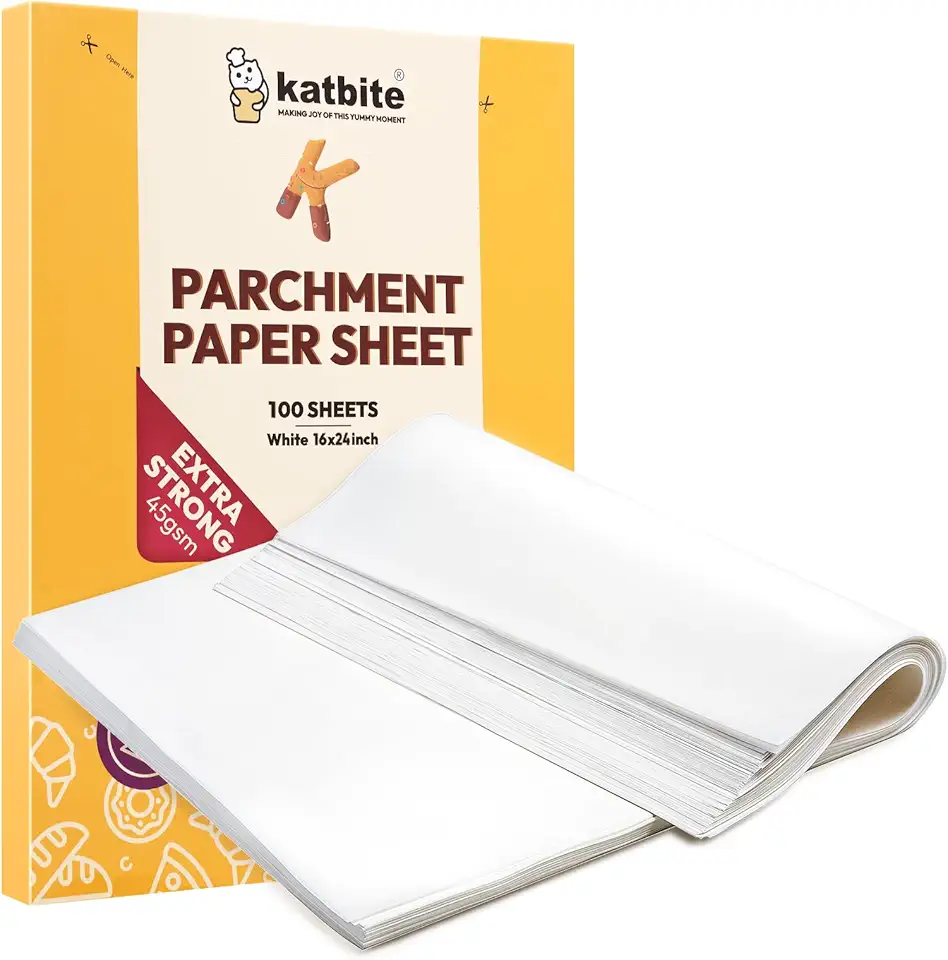 Katbite 16x24 inch Heavy Duty Parchment Paper Sheets, 100Pcs Precut Non-Stick Full Parchment Sheets for Baking, Cooking, Grilling, Frying and Steaming, Full Sheet Baking Pan Liners, Commercial Baking
$18.99
$25.99
View details
Katbite 16x24 inch Heavy Duty Parchment Paper Sheets, 100Pcs Precut Non-Stick Full Parchment Sheets for Baking, Cooking, Grilling, Frying and Steaming, Full Sheet Baking Pan Liners, Commercial Baking
$18.99
$25.99
View details
Variations
Faq
- What is the best way to prevent my pastry from becoming soggy?
Make sure to pre-bake your crust if the recipe calls for it, and don’t skip using parchment paper to catch any juices that might leak.
- How can I tell when my pastries are done baking?
Look for a golden-brown color and a fragrant aroma. You can also lightly tap the bottom, and if it sounds hollow, it’s ready!
- How do I achieve the perfect flaky pastry texture?
Keeping your ingredients cold is crucial. Also, avoid overworking the dough; gentle handling will keep those layers distinct!
- Can I make the dough ahead of time?
Absolutely! You can refrigerate the dough for up to 3 days or freeze it for a month. Just make sure to wrap it tightly!
- What type of flour is best for making pastry dough?
All-purpose flour works well, but adding a little cake flour can give your pastry a lighter texture.
- How do I know if I should roll my dough thicker or thinner?
This depends on the type of pastry you’re making. Generally, thinner rolls work well for flaky pastries, while thicker is suited for sturdier pies.


